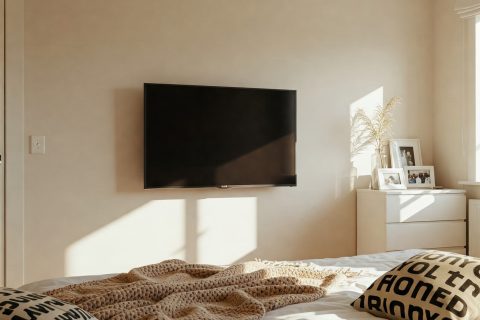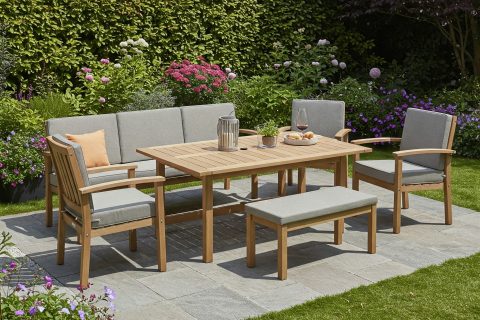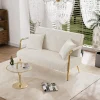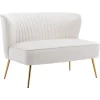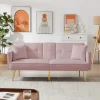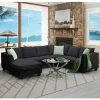Kitchen Interior Design – The Heart of the Modern Home
- Posted on
- 0 comments
- by admin
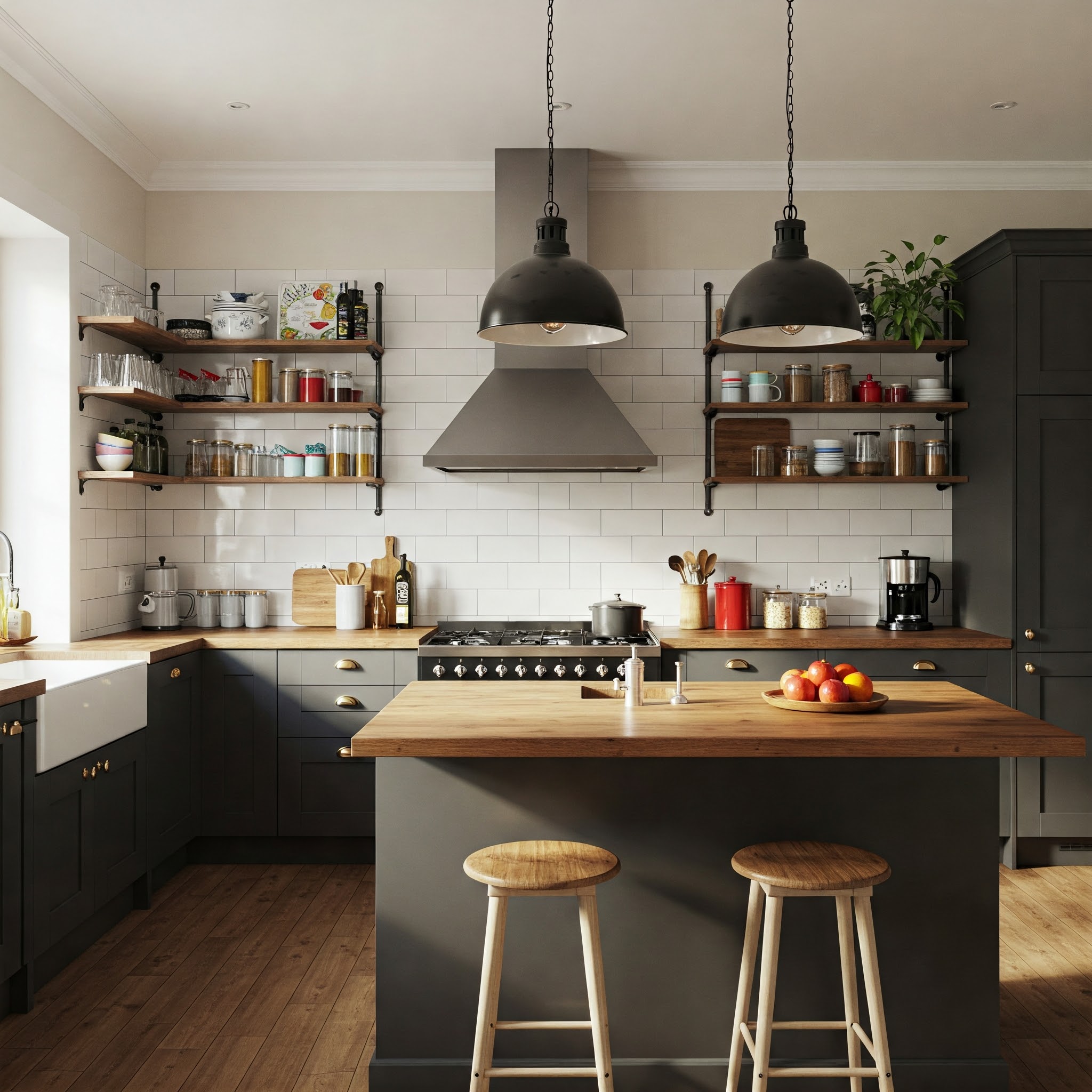
The Kitchen – A Space of Connection and Emotion
Historically, the kitchen has always held a pivotal role in every home. It’s not merely a place for meal preparation but a space of familial connection, where conversations unfold, warm meals are shared, and cherished moments are created. In today’s fast-paced world, the demands for kitchen interior design have evolved beyond mere functionality to encompass aesthetics, intelligence, and alignment with the homeowner’s lifestyle.
Modern Kitchen Interior Design Trends
Moving away from isolated kitchen designs, many families now prefer open kitchens connected to the living or dining areas, fostering a seamless, airy, and friendly environment. This layout facilitates easy communication among family members, even during meal preparations.
The minimalist style is increasingly favored. Clean lines, neutral colors, and organized layouts make the kitchen space more spacious and serene. Despite its simplicity, it ensures complete functionality.
Modern kitchens now feature LED-integrated cabinets, automatic drawers, smart ventilation systems, and Wi-Fi-connected appliances, enhancing convenience, speed, and cleanliness in cooking experiences.
Essential Elements in Kitchen Interior Design
The kitchen’s design should adhere to the work triangle principle: Cooking Area – Sink – Refrigerator, arranged to allow the cook to move efficiently, minimizing unnecessary steps.
Cabinets occupy a significant portion of the kitchen and serve as primary storage. Popular materials include:
Moisture-resistant MDF/MFC engineered wood: cost-effective and easy to install.
Natural wood (oak, acacia, walnut): durable and elegant.
Stainless steel combined with acrylic or tempered glass: modern and easy to clean.
Cabinet colors should harmonize with the home’s overall palette, with light tones preferred for a clean appearance.
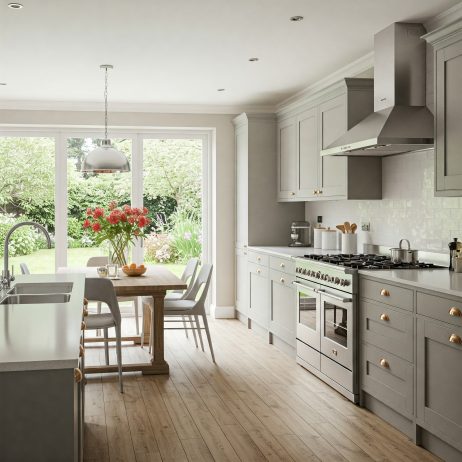

Must-Have Kitchen Furniture Items
The dining table is the centerpiece of family gatherings. Depending on space, options include round tables (for intimacy), rectangular tables (for functionality), or foldable/extendable tables for compact areas. Materials like natural wood or tempered glass suit various styles.
Beyond main cabinets, incorporating corner shelves, mobile pull-out cabinets, and wall-mounted racks maximizes storage and keeps the kitchen organized.
In spacious kitchens, an island enhances usability, serving as a prep area, breakfast bar, mini bar, or additional storage.
Popular Kitchen Interior Styles
Characterized by straight lines, neutral colors (white, gray, black), built-in appliances, and glossy surfaces. Ideal for apartments and contemporary homes.
Dominated by white tones, combined with light wood and natural lighting. Every detail is simple yet creates a harmonious whole.
Features pastel colors, patterned tiles, and classic motifs. Suitable for those who appreciate a nostalgic atmosphere.
Utilizes dark gray tones, concrete, metal, and accent lighting – perfect for those who enjoy a distinctive and edgy style.
Effective Kitchen Furniture Arrangement Tips
Utilize vertical space: install floor-to-ceiling shelves and hang cooking utensils.
Clearly define areas: separate zones for washing, prepping, and cooking.
Prioritize closed storage: reduces dust and maintains aesthetics.
Avoid cluttering countertops with small items: keeps the space tidy and easy to clean.
Choose furniture with consistent colors and styles.
Kitchen Interior Design and Feng Shui
In Feng Shui, the kitchen symbolizes the family’s wealth and health. Key considerations:
The stove should not face the bathroom or main entrance.
Colors should align with the homeowner’s element.
Avoid placing the stove under beams or adjacent to bedrooms.
Keep the kitchen clean, bright, and well-ventilated to “maintain the family’s warmth”.


